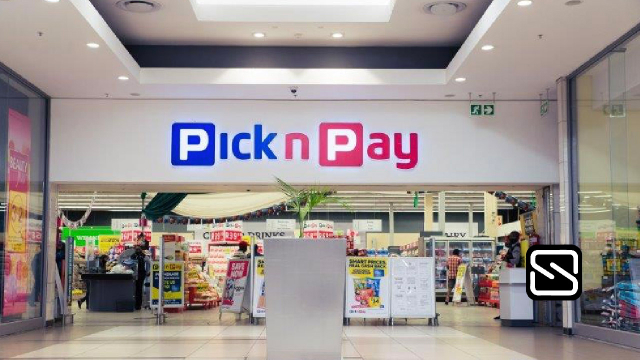Following a three-month pilot testing phase via the Lightning Network in 39 locations nationwide, grocery retailer Pick n Pay is now accepting Bitcoin payments in all of its 1,628 stores.
Customers will be able to use smartphone apps or QR codes to pay for goods in stores using cryptocurrency as part of a nationwide rollout, accepting the exchange rate for the South African rand at the time of purchase.
Customers will require a Bitcoin Lightning Wallet in addition to the CryptoQR scanner app from CryptoConvert, which is connected to the Bitcoin Lightning Wallet, in order to make payments with BTC. Users must first scan an item’s QR code using the CryptoQR app before moving on to the Lightning Wallet to confirm the exchange rate and finish the transaction.
The action was taken after the Financial Sector Conduct Authority (FSCA), the nation’s financial watchdog, amended the financial advisory legislation in October to classify cryptocurrency assets as financial products, bringing cryptocurrencies under regulation for the first time in South Africa and enabling financial service providers to offer cryptocurrency both domestically and internationally.
After years of testing the service in a few stores, the retail chain announced plans to introduce cryptocurrency payments across the country in November. A first attempt at using cryptocurrencies was made in 2017 when the business started taking Bitcoin as payment in Cape Town, but the process was hampered by transaction fees and wait times.
Pick n Pay collaborated with Electrum and CryptoConvert as part of its pilot program to allow customers to pay using the Bitcoin Lightning Network, a second layer added to the Bitcoin blockchain that permits off-chain transactions.
South Africa appears to be making the most strides toward cryptocurrency adoption among the African countries. According to Chainalysis’ 2022 Global Crypto Adoption Index, South Africa is ranked 30th globally in terms of cryptocurrency adoption. The percentage of South Africans who own cryptocurrency has been estimated to be between 10% and 13%.
